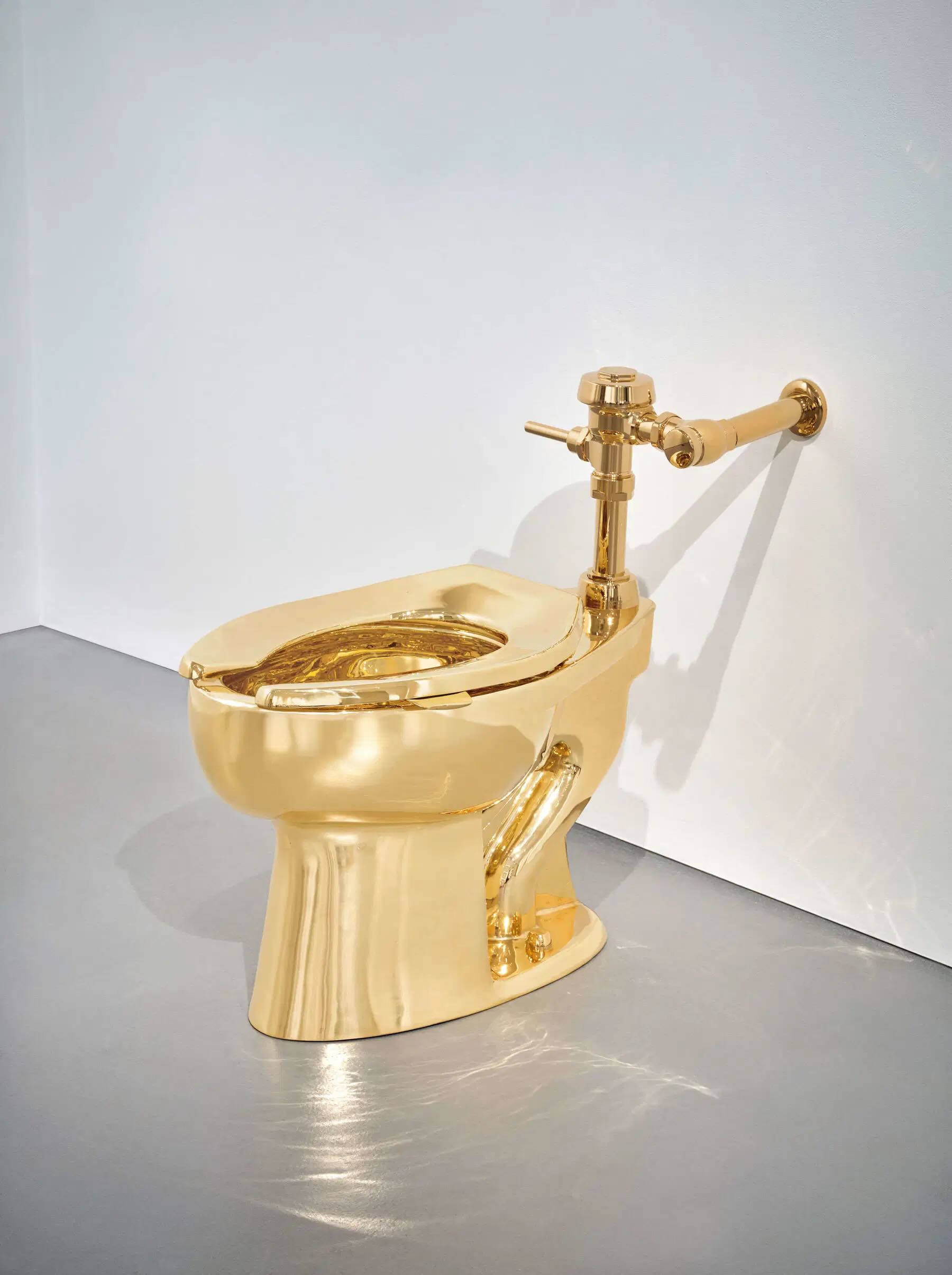Ever since the Venetian Republic ordered the furnaces to be moved to the islands in the 13th century to prevent fires, Murano has been the Italian (and other) centre for artistic glassmaking. Over the centuries, techniques were refined, matching the tastes, trends and materials of the period, and glass artists were invited to all the courts of Europe to pass on their knowledge. Their fame grew hand in hand with the technical and artistic quality of their creations, so much so that they earned the title of Masters.
Before the 20th century, Murano glass production had enjoyed a golden age in the late Baroque era: chandeliers, richly decorated centrepieces and enamel-painted lattimi glass were a perfect accompaniment to 18th-century Venetian furniture, at a time when Venice was going through a deep crisis and nearing its end.
After the fall of the Republic in 1797, the rebirth of Venetian glassmaking took place in the second half of the 19th century and the glassmakers involved achieved an unparalleled reputation, developing innovative techniques that are the basis of modern glassmaking.
As early as the 1920s, a series of collaborations began between the old glass workshops and designers, whose role was gradually defined and positioned somewhere between artist, inventor and engineer. On the one hand there was a thousand-year-old tradition, made up of consolidated experience and masters whose names were known throughout the world; on the other hand, there were the new artists of the 20th century, who sensed people's needs and transformed them into everyday objects that revolutionised our world. It was the beginning of a completely new production, combining the hands of the Masters with the ideas of the designers: the rest is history.
To quote Caterina Toso, glass historian and heir to the Fratelli Toso Archives: "The relationship between the designer and the master is one of collaboration, not a one-way process: drawing alone, the idea alone, are not enough to create a work of art - you need the expert hands of the master, his experience, his knowledge of the material." Toso is the heir to one of Murano's oldest glassworks, Fratelli Toso, which in 1942 joined forces with the historic Barovier family to create the Barovier & Toso brand, one of the oldest family businesses in the world still in business.
Over the decades, many great designers introduced glass in their creations, including Carlo Scarpa, who was artistic director of the historic Venini company. Many other designers, architects and leading figures in the world of art and culture collaborated with Venini, including Tadao Ando, Gae Aulenti, Sandro Chia and Gio Ponti.
There were also very fruitful collaborations with the Seguso furnace, one of Murano's oldest, which worked with artists such as Mario Bellini and had designers of the calibre of Flavio Poli.
These successful collaborations are the basis of the modern production of Murano artistic glass: the new techniques and solutions born from the union between design and craftsmanship marked the glass production, changing it radically not only in the works, but also in the organisation of the workshops. The designers are now fixed and respected figures in the furnaces and work alongside the Masters, carrying on this all-Italian tradition.






.png)





